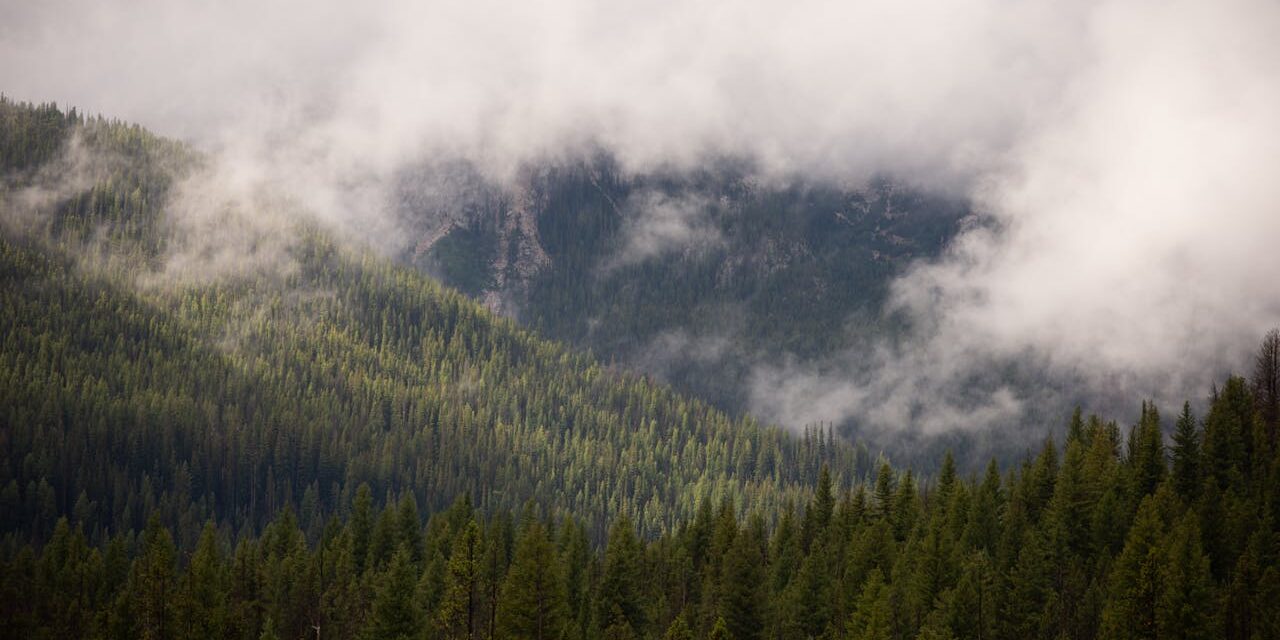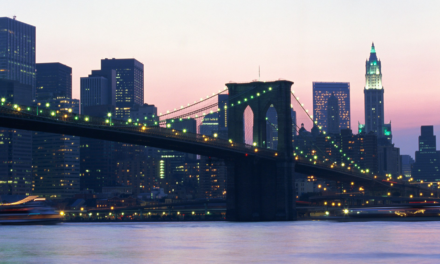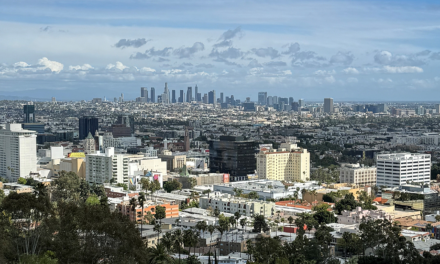The state of Idaho, known for its stunning landscapes and rich cultural heritage, has a complex and dynamic history.
From its early indigenous roots and European exploration to its development through mining and agriculture, Idaho’s history is marked by significant events and diverse influences.
Below, we explore Idaho’s captivating history, covering its foundation, key historical events, and notable landmarks.
Table of Contents
Early History
Indigenous Inhabitants and European Exploration
Before European explorers arrived, Idaho was inhabited by Native American tribes, including the Nez Perce, Shoshone, and Bannock.
- These tribes had established societies with rich cultures, agriculture, and trade networks.
- European exploration began in the early 19th century, with the Lewis and Clark Expedition traversing Idaho in 1805.
The indigenous peoples and early European explorers laid the groundwork for future settlements.
The Fur Trade and Early Settlements
Following the expedition of Lewis and Clark, fur traders and trappers that came from the Hudson’s Bay Company and the North West Company explored and established trading posts in the region.
- The fur trade was a significant early economic activity in Idaho.
- Early settlements were established along the major rivers and trading routes.
These early activities set the stage for Idaho’s later development.
Key Historical Events
Gold Rush and Territorial Status
The discovery of gold in the Clearwater River in 1860 brought a very big rush of miners to Idaho, significantly increasing the population.
- The influx of settlers started to lead to conflicts with Native American tribes, particularly the Nez Perce.
- Idaho Territory was officially created on March 4, 1863, separating from Washington Territory.
The gold rush was crucial in Idaho’s early growth and development.
Statehood
Idaho was admitted to the Union as the 43rd state on July 3, 1890.
- The desire for increased political representation and economic development influenced the statehood movement.
- Idaho’s admission to the Union came during a period of national expansion and development.
Statehood marked a new era of political and economic development for Idaho.
20th Century Growth and Development
Economic and Social Developments
The early 20th century saw significant changes in Idaho’s economy, with agriculture, mining, and forestry development.
- The construction of irrigation projects, such as the Minidoka Project, helped transform Idaho into a leading agricultural state.
- The state also saw growth in its timber and mining industries, contributing to economic diversification.
These developments laid the foundation for Idaho’s modern economy.
Modernization and Population Growth
Post-World War II, Idaho experienced rapid urbanization and modernization.
- Cities like Boise and Idaho Falls grew significantly, becoming economic and cultural hubs.
- The establishment of research institutions and technology industries further spurred economic growth.
Modernization and population growth have continued to shape Idaho’s development.
Notable Landmarks
Craters of the Moon National Monument
This unique landscape, formed by ancient volcanic activity, offers visitors a glimpse into Idaho’s geological history.
- Established in 1924, the park features extensive lava fields and volcanic formations.
- It is a designated National Monument and a popular destination for hiking and exploration.
Craters of the Moon highlights Idaho’s diverse natural beauty.
Sun Valley
Sun Valley, established in 1936, is one of the nation’s premier ski resorts.
- It has hosted lots of numerous celebrities and dignitaries and is a popular destination for winter sports and recreation.
- The resort has contributed significantly to Idaho’s tourism industry.
Sun Valley represents Idaho’s contributions to recreation and tourism.
Idaho State Capitol
Located in Boise, the Idaho State Capitol symbolizes the state’s governance and history.
- Constructed between 1905 and 1920, it is the only state capitol building in the nation heated by geothermal water.
- The Capitol Mall complex includes government offices and public spaces.
The Idaho State Capitol is a central landmark of the state’s political life.
Governance
State Government
Idaho operates under a constitution adopted in 1889.
- The state government consists of the Executive, Legislative, and Judicial branches.
- The governor, currently Brad Little, oversees the executive branch.
The state government addresses the needs of Idaho’s diverse population and manages its resources effectively.
Local Government
Idaho’s local government structure includes counties, cities, and special districts.
- Each level of government has specific responsibilities for services such as education, public safety, and infrastructure.
- Local governance ensures that the diverse needs of Idaho’s communities are met.
Effective local governance contributes to the overall well-being of the state’s residents.
Demographics and Growth
Population
Idaho’s population was approximately 1.9 million as of 2023. The state has seen steady population growth, particularly in urban areas like Boise and Coeur d’Alene.
Diverse demographics and steady growth reflect Idaho’s appeal as a place to live and work.
Education and Economy
Idaho is home to several prominent educational institutions, including Boise State University and the University of Idaho.
- The state’s economy is diverse, with key sectors including agriculture, technology, manufacturing, and tourism.
- Idaho is known for its agricultural production, particularly potatoes.
These factors contribute to the state’s economic resilience and cultural vibrancy.
State of Idaho Q&A
Q: When was Idaho admitted to the Union?
A: Idaho was admitted to the Union as the 43rd state on July 3, 1890.
Q: Who were the original inhabitants of Idaho?
A: The original inhabitants of Idaho were Native American tribes, including the Nez Perce, Shoshone, and Bannock. These tribes had established societies with rich cultures and trade networks.
Q: What role did Idaho play during the gold rush era?
A: The discovery of gold in 1860 brought a rush of miners to Idaho, leading to rapid population growth and the creation of Idaho Territory in 1863.
Q: What are some notable historical landmarks in Idaho?
A: Notable landmarks include Craters of the Moon National Monument, Sun Valley, and the Idaho State Capitol. These sites highlight Idaho’s natural beauty, recreational opportunities, and historical significance.
Q: How is Idaho governed?
A: Idaho operates under a constitution adopted in 1889, with an Executive, Legislative, and Judicial branch. The governor oversees the executive branch, and counties, cities, and special districts manage local governance.
Q: What is the current population of Idaho?
A: As of 2023, Idaho’s population was approximately 1.9 million. The state continues to attract residents with its diverse culture, educational opportunities, and economic resilience.
Idaho’s dynamic history and commitment to preserving its natural and cultural heritage make it a unique and vibrant state.
By maintaining its historical landmarks and fostering growth in new industries, Idaho continues to honor its past while looking forward to a prosperous future.





